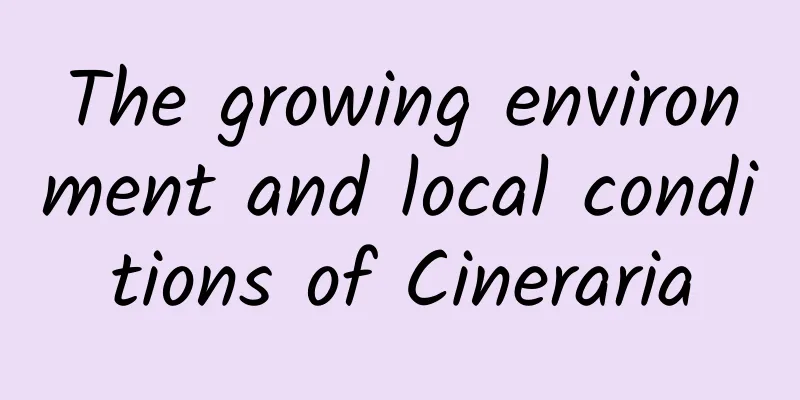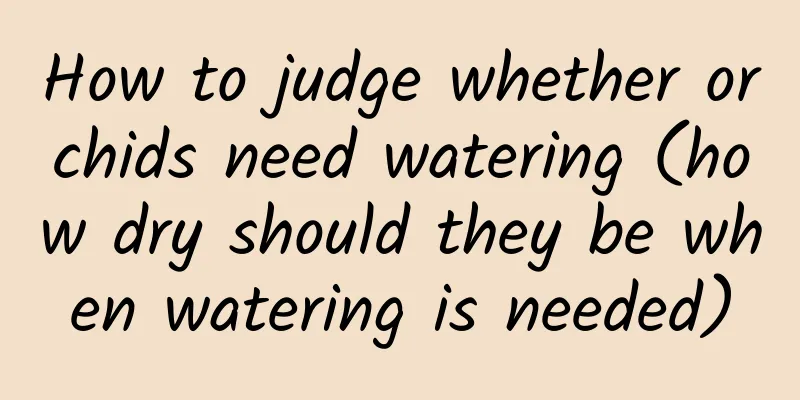Why doesn't African jasmine bloom?

Lack of lightAfrican jasmine likes sunlight, but the balcony at home cannot receive full sunlight in one day, which may cause the African jasmine to be shaded for too long, with sparse leaves, few flowers or even no flowers. To do this, move the flower pot to a sunny place for maintenance. Temperature is too lowAfrican jasmine grows well in warm environmental conditions, with the most suitable growth temperature being 18°C to 32°C. Potted plants in northern regions require greenhouse temperatures to be no lower than 3°C to 5°C in winter. If the temperature is too low, African jasmine will stop growing, which will affect flowering. Phosphorus and potassium fertilizer deficiencyIf there is a lack of fertilizer, African jasmine will not bloom. Insufficient fertilization during the bud growth stage, especially insufficient phosphorus and potassium fertilizers, will lead to poor growth of the buds and difficulty in flowering. However, people mostly focus on the nitrogen content when applying fertilizer, which makes it difficult for African jasmine to bloom. Therefore, during the growth period of African jasmine, it is necessary to reduce the content of nitrogen fertilizer and increase the content of phosphorus and potassium fertilizers, in addition to using rotten bone meal, poultry and livestock manure, or cake fertilizer water. Improper wateringImproper watering can also cause African jasmine to not bloom, especially in winter. Excessive watering will cause the roots to have poor breathing and rot. The roots are the reserve support group that supports the flowering of African jasmine, providing sufficient nutrients for the growth of flower buds. Once problems occur, flowering will inevitably be affected. During the growth period of African jasmine, observe the dryness and wetness of the potting soil, and water it in time after the soil becomes dry. Do not pour cold water or tap water on it. Let it reach room temperature before use. Air DryingAfrican jasmine prefers a relatively humid environment. The climate in the northern region is relatively dry, and the indoor heating and air conditioning make the dryness even worse. This environment is very unfavorable for the growth of African jasmine. When growing indoors in winter, do not place it in a place where it is directly blown by heating or air conditioning. Allow African jasmine enough time to accumulate nutrients in the winter so that it will have better buds when the temperature rises next year. |
<<: What causes African jasmine branches to rot and wither?
>>: What to do if the tips of Chlorophytum leaves dry up
Recommend
When is the right time to repot succulent plants?
Succulent repotting time Generally speaking, newl...
Production and maintenance of green radish curtains
Maintenance tips for green radish curtains 1. Gre...
Don't mistake the white lotus for a pink vine
Introduction Pink vine: The leaves are large and ...
Can lentils be grown in pots?
Can lentils be planted in flower pots? Lentils ca...
The efficacy and function of Guanzhong
1. Anti-cancer Guanzhong also has certain anti-ca...
How long does it take for Allen leaf cuttings to germinate
How long does it take for Allen leaf cuttings to ...
A comprehensive list of the common reasons why flowers die when grown at home!
asparagus Common causes of death: The air is dry ...
How to plant bamboo, bamboo pictures
1. Time Selection Bamboo can only grow normally i...
Why do some people not eat coriander? Can pregnant women eat coriander?
1. Reasons for not eating coriander 1. Don’t like...
Can magnolia be planted outside the house?
Can magnolia be planted at the doorstep? If you l...
Causes and treatments for yellow leaves of Jade Leaf Golden Flower
1. Temperature is too low Reason: Jade Leaf Golde...
How to propagate Chlorophytum comosum
Steps to reproduction Select strains Now let'...
Can cactus be grown hydroponically?
Can cactus be grown hydroponically? Cactus can be...
How to grow ivy and catnip in water?
How to plant ivy in water first step When cutting...
What to do if the leaves of the green treasure tree droop
1. Leggy This may be because it has many overgrow...









